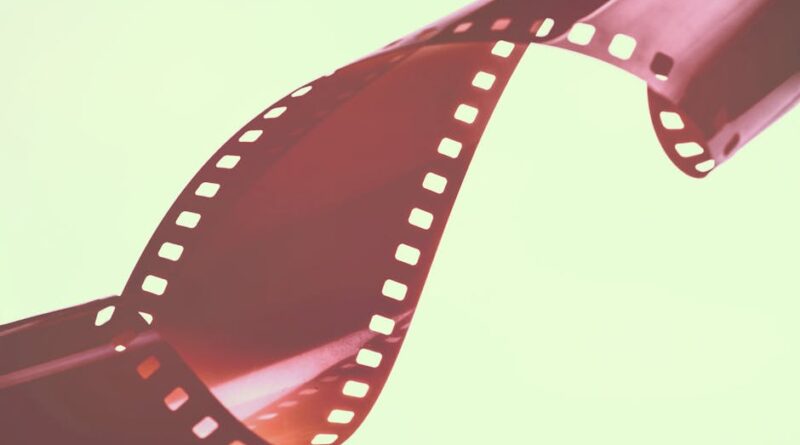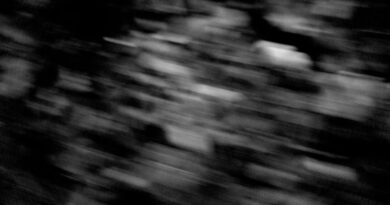Creating Mood with Color in Film
Have you ever watched a movie and felt a strong emotion just from the colors on the screen? Colors play a crucial role in storytelling, especially in film. They can make us feel happy, sad, or even scared. Lets dive into how filmmakers use color to create mood and enhance their stories.
Why is Color Important in Film?
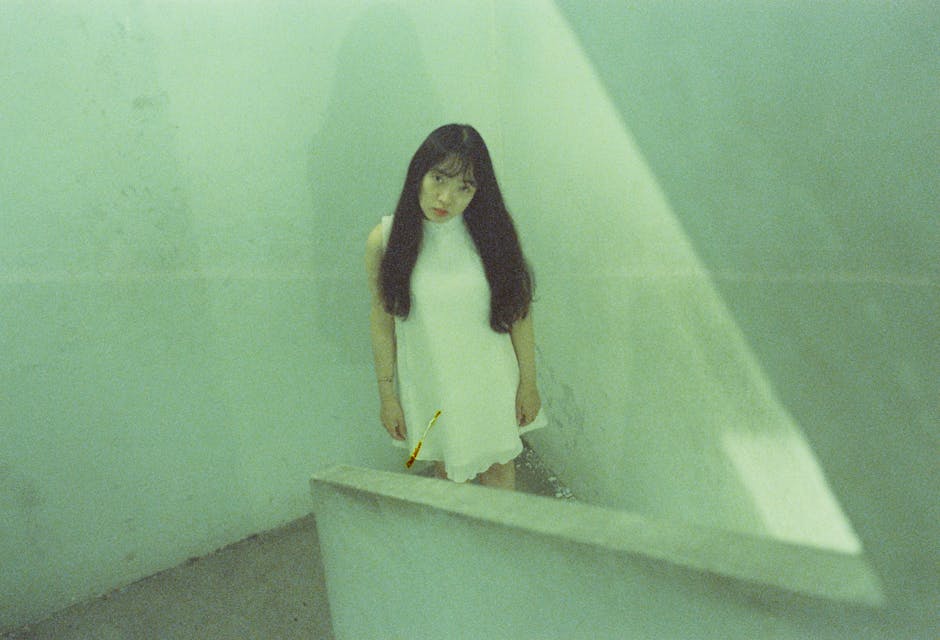
Color isn’t just for decoration; it’s a powerful tool. It allows filmmakers to convey emotions without saying a word. A bright, sunny scene can feel joyful, while dark, muted colors might evoke sadness or fear. According to a study by the University of California, people can identify the mood of a scene based on color alone.
Think about your favorite films. Do you remember the colors? They set the tone. For example, the warm hues in a romantic comedy can create a feeling of comfort, while the cool, blue tones in a thriller can make you uneasy.
How Do Filmmakers Use Color to Create Mood?
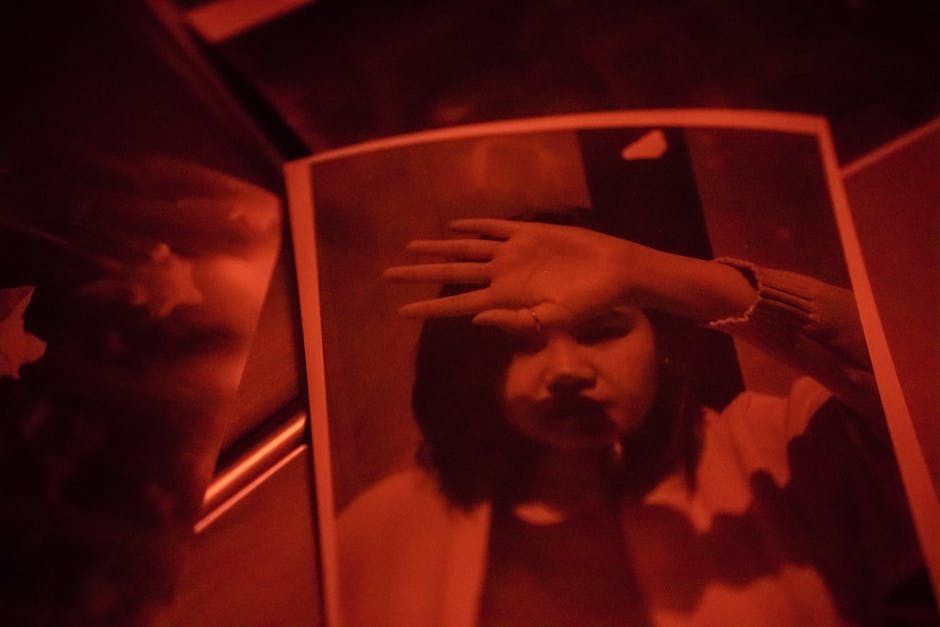
Filmmakers use several techniques to manipulate color. They choose specific color palettes, lighting, and even post-production editing to enhance the emotional impact. Here are some common methods:
- Color Palettes: This is the overall color scheme used in a film. A cohesive palette can strengthen the storytelling.
- Lighting: The way light interacts with colors can change their appearance and emotional weight. Bright lighting can make colors pop, while dim lighting can create shadows and tension.
- Post-Production: Filmmakers can adjust colors during editing. This allows them to fine-tune the mood even after filming.
What Are Some Common Color Meanings?

Colors can evoke specific feelings or ideas. Here are a few common associations:
- Red: Passion, anger, or danger.
- Blue: Calmness, sadness, or detachment.
- Yellow: Happiness, warmth, or caution.
- Green: Nature, growth, or jealousy.
- Purple: Luxury, mystery, or spirituality.
Filmmakers often use these associations to enhance their storytelling. For instance, in a drama, a character might wear red to symbolize their anger or passion.
How Do Different Genres Use Color?
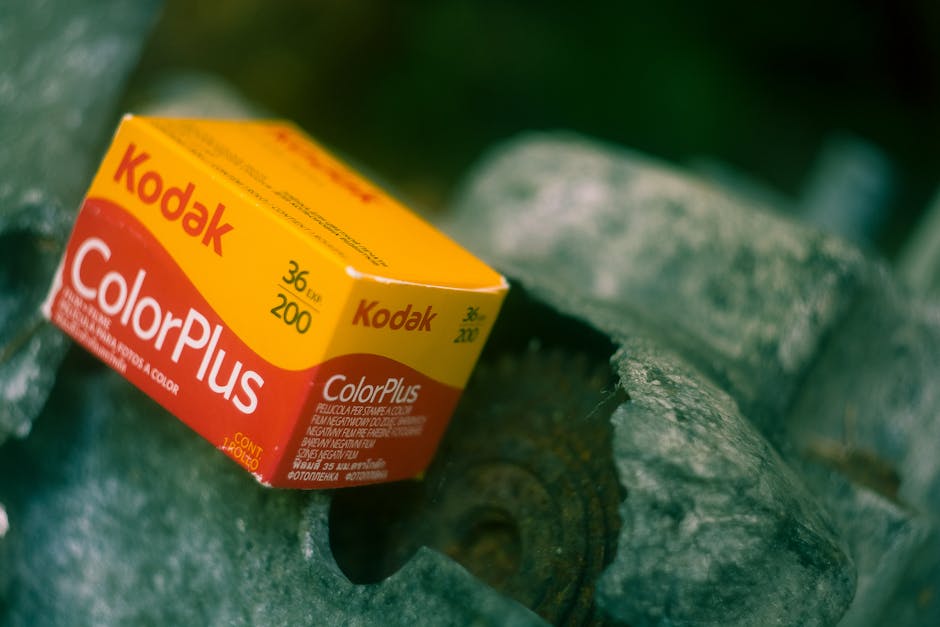
Different film genres use color in unique ways. Here are some examples:
- Horror Films: Dark colors and shadows create fear and suspense. Think of films like “The Shining” where the use of red and black heightens tension.
- Romantic Comedies: Bright, warm colors like yellows and pinks create a lighthearted feel. “Crazy, Stupid, Love” uses these hues to enhance it’s playful tone.
- Science Fiction: Cool colors like blue and green create a futuristic vibe. Movies like “Blade Runner” use neon colors to reflect advanced technology.
By understanding how genres use color, filmmakers can better connect with their audience.
Color Theory Basics: What You Need to Know
Color theory is the study of how colors interact. Here are some basic concepts:
- Primary Colors: Red, blue, and yellow. These colors cannot be created by mixing others.
- Secondary Colors: Green, orange, and purple. Made by mixing primary colors.
- Complementary Colors: Colors opposite each other on the color wheel. They create contrast and can make scenes pop.
Filmmakers often use these principles to create visual interest. For example, a character in a blue shirt may stand out against a warm, orange background.
what’s the Role of Color in Character Development?
Color can reveal a lot about a characters personality or emotional state. For instance, consider the following:
- A character dressed in dark colors may be seen as mysterious or troubled.
- A bright outfit might indicate a cheerful, outgoing personality.
- Changing colors throughout a film can symbolize a characters growth or transformation.
In “The Wizard of Oz,” for example, Dorothys journey from the dull greys of Kansas to the vibrant colors of Oz highlights her transformation and the new experiences she encounters.
Can You Spot Color Usage in Popular Films?
Next time you watch a movie, pay attention to the colors. Here are some films to watch as examples:
- Moonlight: The film uses blue tones to represent sadness and isolation.
- The Grand Budapest Hotel: This movie features a pastel color palette that creates a whimsical, nostalgic feel.
- Mad Max: Fury Road: The film contrasts warm tones of the desert with cool blues of water to highlight survival.
By analyzing these films, you can see how directors use color to tell their stories.
What Are Some Famous Quotes About Color in Film?
Many filmmakers and critics have shared insights about color. Here are a few notable quotes:
- Color is like music. It has a rhythm, a melody, and a harmony. Thierry Guetta
- Color is an integral part of our lives, and it’s how we communicate. David Lynch
- In film, color is as important as the plot. Jean-Luc Godard
These quotes remind us that color is more than a visual element; it’s a means of communication.
How Can You Create Mood with Color in Your Own Projects?
If you’re interested in filmmaking or photography, consider these tips for using color effectively:
- Think About Your Story: What emotions do you want to convey? Choose colors that match the mood.
- Use Color Palettes: Create a consistent color scheme to unify your project.
- Edit Carefully: Color grading can enhance the mood during post-production.
- Study Examples: Watch films and note how color is used. Learn from successful filmmakers.
Experiment with colors in your own work. You might be surprised at how much they can change the mood of your project.
Conclusion: The Power of Color in Film
Color is a powerful storytelling tool in film. It shapes our emotions and enhances our viewing experience. Whether you’re a filmmaker or just a movie lover, understanding color can deepen your appreciation for the art of storytelling.
Next time you watch a film, take a moment to notice the colors. Think about how they influence your feelings and your understanding of the story. With this knowledge, you can look at films in a whole new light.
To learn more about color in film, check out the MasterClass on Color Theory.
